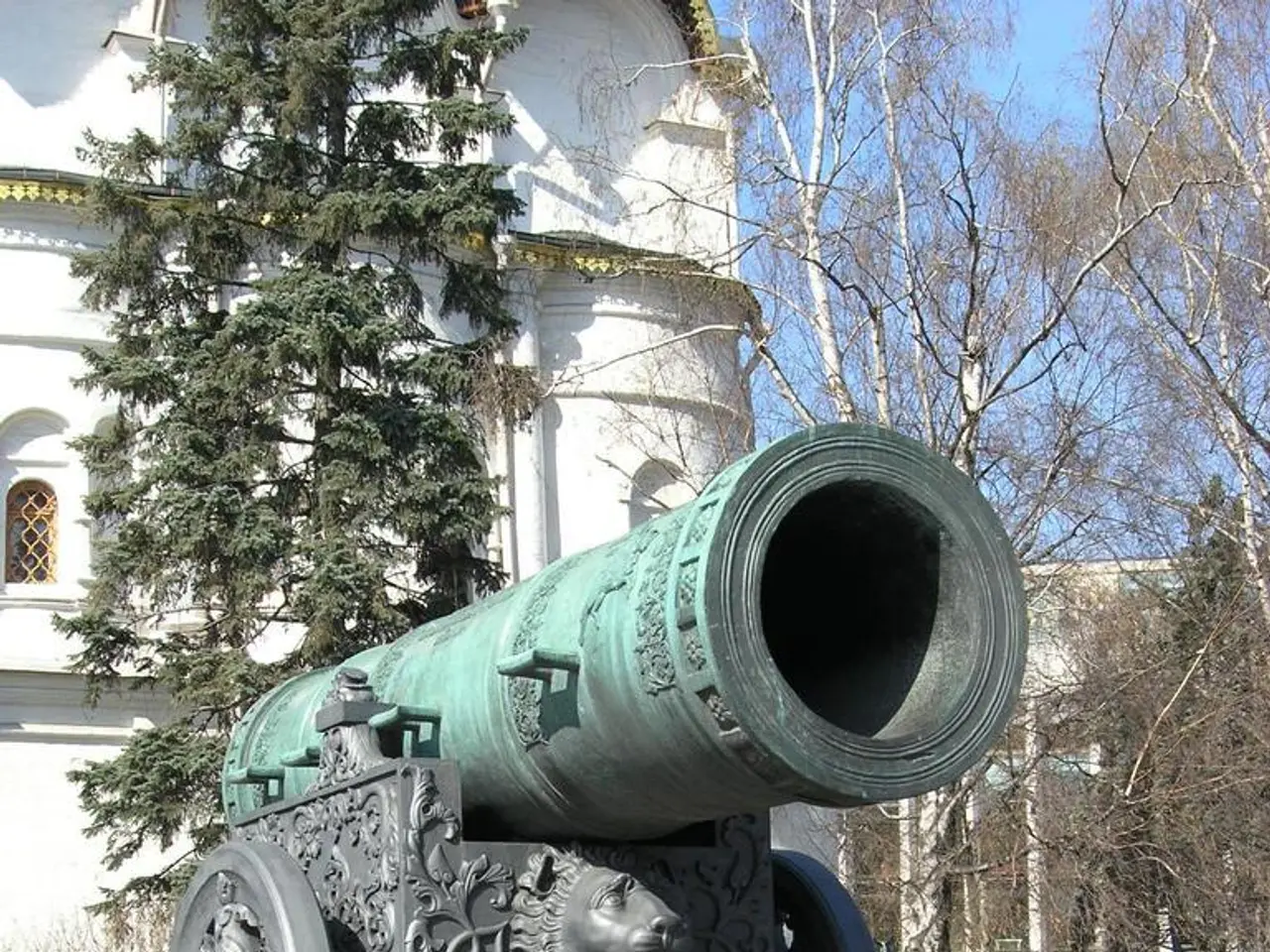Reduction in Russian exports by 14.2% compared to the previous year occurred in January. Imports also saw a decrease of 10.6% during the same timeframe.
Shifting Trade Patterns: Russia's January Exports and Imports
January's trade numbers took a dip as exports plummeted by 14.2% to $28.7 billion, and imports followed suit, sliding by 10.6% to $20 billion. This left Russia with a lower, albeit still substantial, positive trade balance of $8.7 billion - a decrease of 18.9% year-on-year.
Mineral products commanded the majority of exports (61.2%), closely followed by metals and their products (14.8%). Food and feedstock, chemical industry products, machinery and equipment, wood and pulp, and paper products rounded out the top five export categories.
The import scene was largely dominated by machinery and equipment (50.2%), with chemical industry products, food and feedstock, textile products and footwear, metals and their products, and mineral products making up the remaining shares.
Trade relations in January saw Asian countries leading the pack, accounting for an impressive 74% of total trade. Europe trails behind with a 19.3% share, while American countries contribute 4.1%, and African countries bring up the rear with 2.5%.
Over the course of 2023, Russia's trade surplus took a notable hit, diving 58.5% from 2022's figure of $337.2 billion to $140 billion. Exports witnessed a 28.3% decrease, amounting to $425.1 billion, while imports inched up by 11.7% to $285.1 billion, resulting in a total trade volume of $710.2 billion - a drop of 16.2%.
Some analysis suggests that key trading partners for the year were Asian countries, with exports to Asia totaling approximately $306.6 billion and imports from Asia over $180 billion. China, in particular, plays a significant role in this trading relationship, accounting for over 36% of Russia’s imports and about 20% of exports.
However, much like an iceberg, the tale of Russia's top export and import commodities for January 2023 remains partially submerged, with exact percentages elusive in the data presented. For a comprehensive understanding, including shares of top export and import goods in Russia's trade, one may need to tap into official trade databases such as the Russian Federal Customs Service or international trade statistics platforms.
- The Russian Chemical Industry products, closely aligned with the mineral products, were prominent in both exports and imports.
- In the realm of finance, China, as a key trading partner, held substantial influence over Russia's imports and exports.



